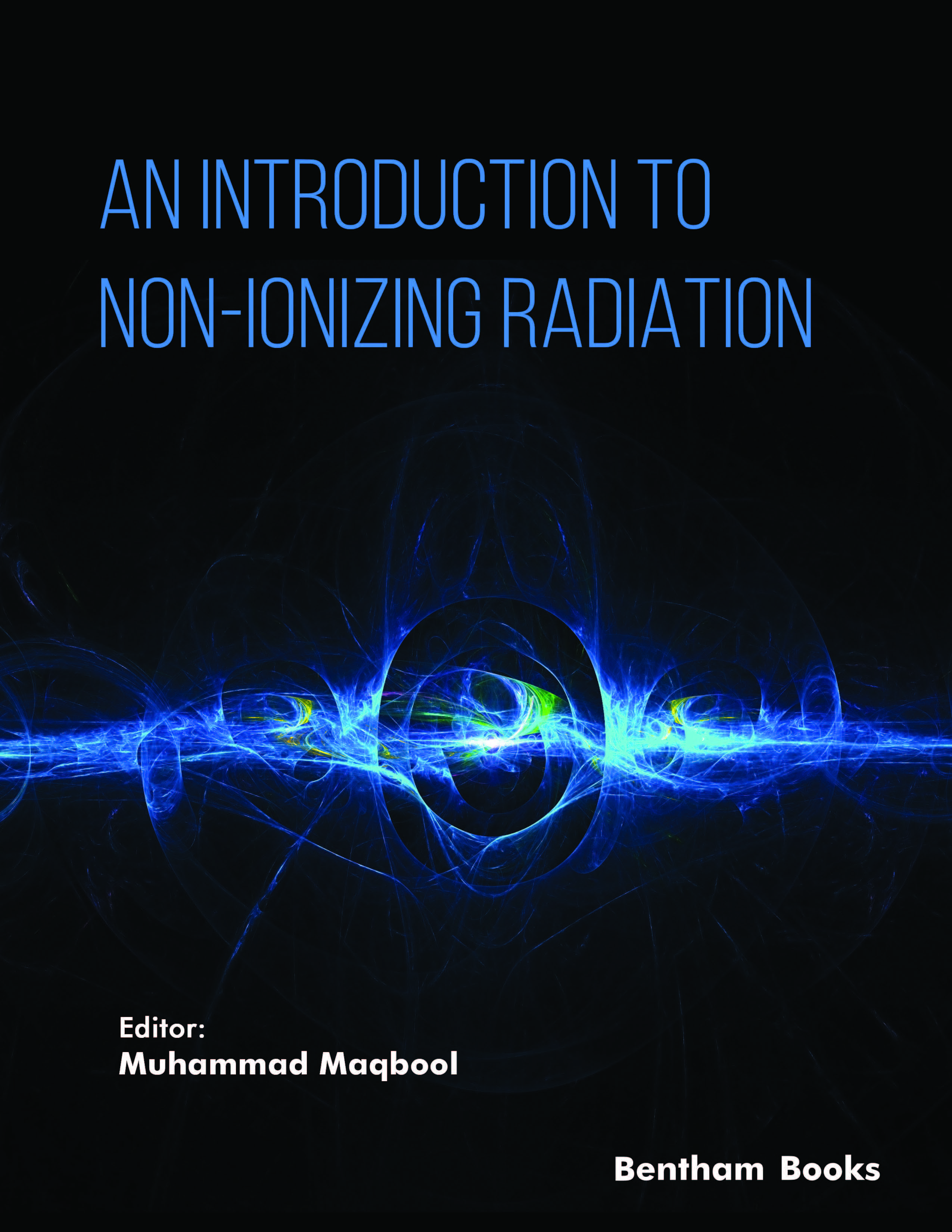Introduction
An Introduction to Non-Ionizing Radiation provides a comprehensive understanding of non-ionizing radiation (NIR), exploring its uses and potential risks. The information is presented in a simple and concise way to facilitate easy understanding of relevant concepts and applications. Chapters provide a summary and include relevant equations that explain NIR physics. Other features of the book include colorful illustrations and detailed reference lists. With a focus on safety and protection, the book also explains how to mitigate the adverse effects of non-ionizing radiation with the help of ANSI guidelines and regulations.
An Introduction to Non-Ionizing Radiationcomprises twelve chapters, each explaining various aspects of non-ionizing radiation, including:
⚬
Fundamental concepts of non-ionizing radiation including types and sources
⚬
Interaction with matter
⚬
Electromagnetic fields
⚬
The electromagnetic wave spectrum (UV, visible light, IR waves, microwaves and radio waves)
⚬
Lasers
⚬
Acoustic waves and ultrasound
⚬
Regulations for non-ionizing radiation
⚬
Risk management of non-ionizing radiation
The book is intended as a primer on non-ionizing radiation for a broad range of scholars and professionals in physics, engineering and clinical medicine.
Readership
Undergraduate and graduate students, researchers, professors, scientists, radiation safety officers, clinicians, and technicians in physics, health physics, medical physics, biophysics, radiology, engineering, and related fields.

